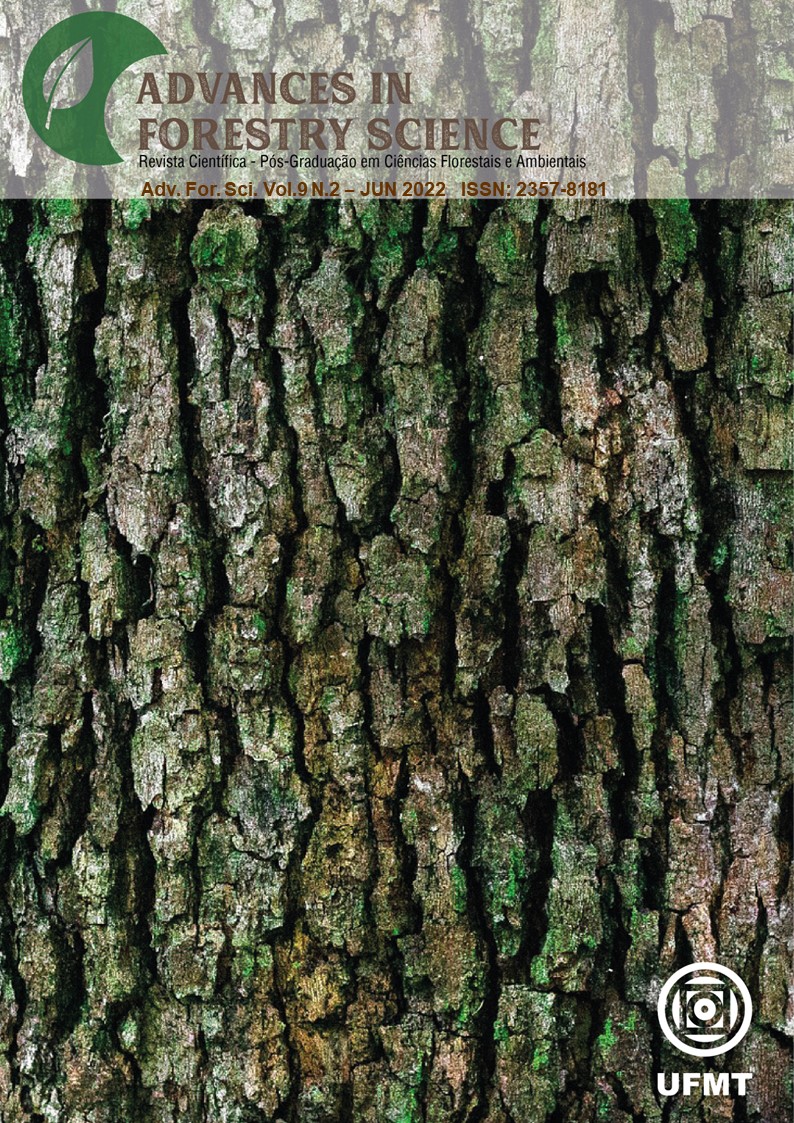Implementation of a low carbon economy in tobacco drying through the use of forest biomass
DOI:
https://doi.org/10.34062/afs.v9i2.12676Abstract
The tobacco sector is responsible for several environmental damages originated from the plantation to the drying of the tobacco leaf. Faced with this situation, in Brazil, in order to promote tobacco farming in order to reduce such damage, strategies can be devised in order to minimize this impact, such as the use of more energy efficient forest biomass. Given this opportunity, the present research had as general objective to analyze the implementation of a strategy for a low carbon economy taking into account the efficiency of the use of pellets in the curing units used in the drying of tobacco leaves. For this, an experimental research was used through the methodology of scenario analysis, using firewood as base biomass and pellets as a sensitivity scenario. Biomass consumption and gas emissions were quantified in tCO2-eq during the entire tobacco drying cycle. The results showed that the use of pellets was more viable from an environmental and sustainable point of view in relation to the use of firewood in the energy generation process, reducing CO2-eq emissions by 61.58% and biomass consumption by 61.14%. Through the use of pellets, a possible strategy for reducing the emission of polluting gases in the tobacco curing process was demonstrated.
Downloads
Downloads
Published
Issue
Section
License
All copyright must be assigned to the Federal University of Mato Grosso.

